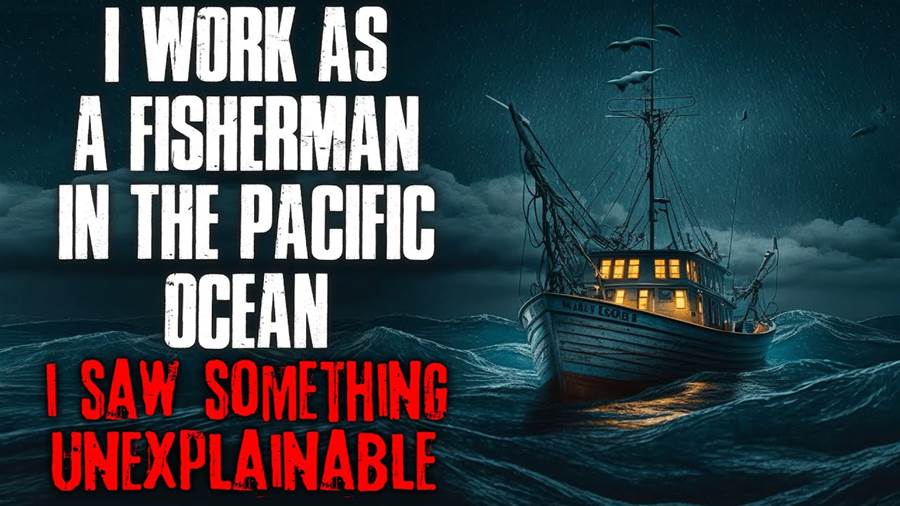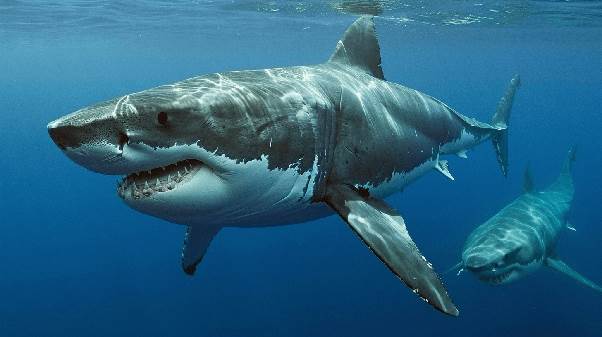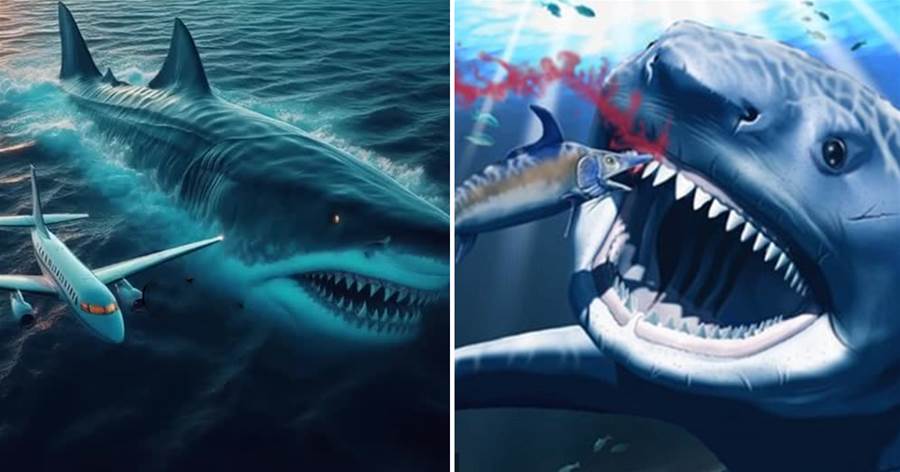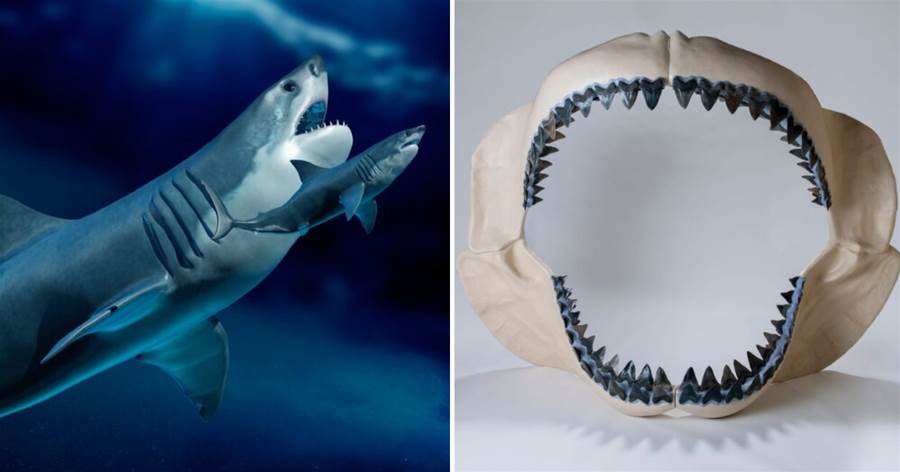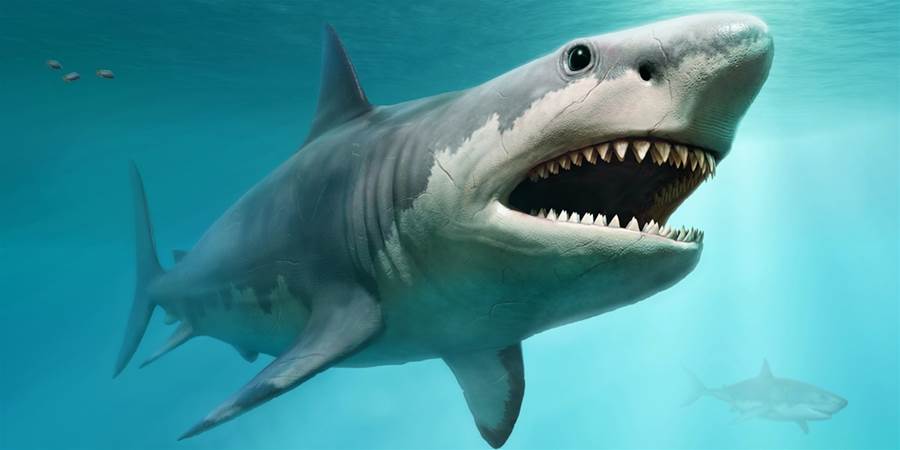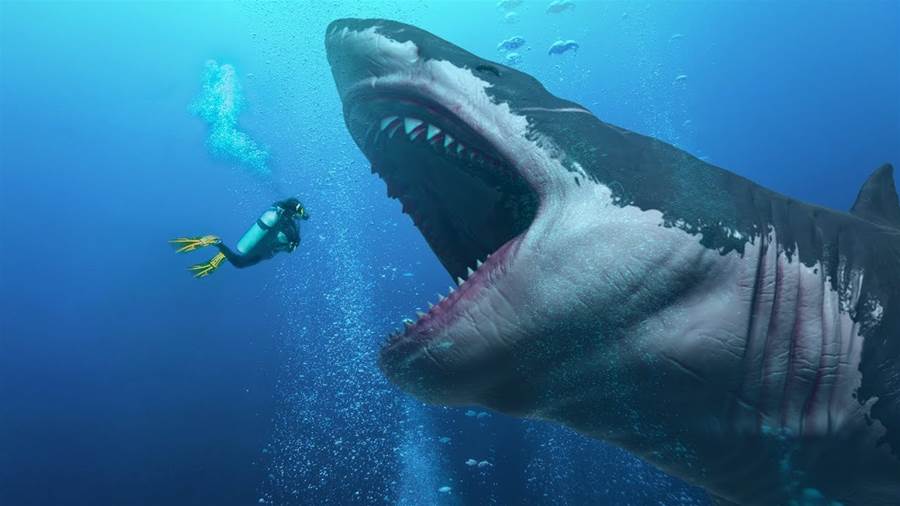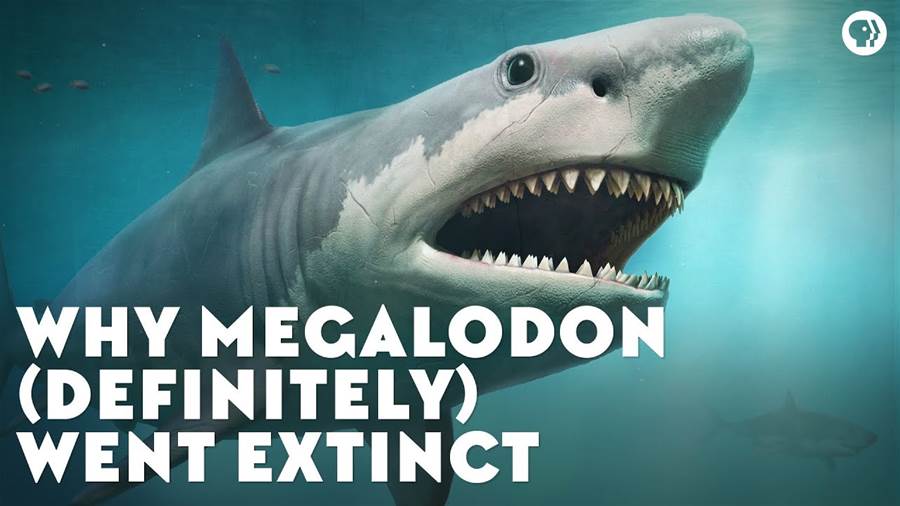
Imagine a world where the oceans were ruled by a predator so massive it could swallow a car whole. Meet Megalodon, the king of ancient sharks. This colossal creature, which roamed the seas around 23 million years ago, was an apex predator of jaw-dropping proportions. But what led to the extinction of such a formidable beast? Let’s dive into the fascinating story of Megalodon’s rise and fall.
A Colossal Hunter
Megalodon wasn’t just big; it was gigantic, reaching lengths of up to 18 meters—almost three times the size of today’s largest sharks.
Its teeth, some as large as a human hand, were perfect for slicing through the flesh of giant marine mammals like whales. The sheer size of Megalodon was a product of its environment: as marine mammals grew larger over millions of years, so did the Megalodon. The shark's massive size and rapid growth were fueled by the explosion in the population of high-fat prey like whales and seals.

The Ice Age Challenge
Around 2.6 million years ago, the climate began to cool dramatically, ushering in the Ice Ages. This cooling trend drastically altered ocean conditions and impacted marine life. Whales, once abundant in warmer waters, migrated to cooler, nutrient-rich polar regions. While modern sharks can tolerate a range of temperatures, Megalodon’s size made it less adaptable to the colder waters, which might have contributed to its downfall.
New Competitors and Declining Prey
The extinction of Megalodon wasn’t just about the changing climate.
New, more agile predators entered the scene. Among them was the giant sperm whale Livyatan melvillei, a fearsome predator that preyed on large marine animals, and early ancestors of the Great White Shark, like Carcharodon hastalis. These new competitors challenged Megalodon’s dominance, making survival increasingly difficult.

Furthermore, the decline in whale populations due to changes in oceanic plankton, essential for whale diets, further strained Megalodon’s ability to find food.
As the diversity of whales diminished and their populations dropped, Megalodon’s large size became a liability rather than an advantage.
The Ripple Effect
The extinction of Megalodon had a profound impact on the marine ecosystem. Smaller predators like the Great White Shark and orcas took over its role as apex predators. Interestingly, the absence of Megalodon allowed whale species to grow larger, eventually giving rise to the Blue Whale, the largest animal to have ever lived. The oceans, now free of Megalodon’s shadow, saw a surge in whale size and diversity during the Pleistocene epoch.

In summary, Megalodon’s extinction was the result of a combination of climate change, competition from emerging predators, and shifts in prey availability. This prehistoric giant’s story is a powerful reminder of how interconnected and fragile ecosystems can be. As we look back on this ancient predator, we gain insight into the ever-changing dance of life and extinction that shapes our world.
The article is not finished. Click on the next page to continue.
Next page
